- Joined
- Jan 7, 2009
- Messages
- 10,297
From an email received today:
Proprietary Cut Program
Laboratory clients can now participate in GIA’s Proprietary Cut Program for diamonds with branded cut names. GIA grading reports for diamonds submitted as part of this program will include the branded name of the proprietary diamond cut with the diamond shape and cutting style description (see image below).
This enhancement to GIA diamond grading report services is offered at no charge.
For more information or to apply for this program, contact your client services representative. You will be asked to submit the required supporting documentation, including a diagram of the facet arrangement and a signed Proprietary Cut legal agreement.
Proprietary Cut Program
Laboratory clients can now participate in GIA’s Proprietary Cut Program for diamonds with branded cut names. GIA grading reports for diamonds submitted as part of this program will include the branded name of the proprietary diamond cut with the diamond shape and cutting style description (see image below).
This enhancement to GIA diamond grading report services is offered at no charge.
For more information or to apply for this program, contact your client services representative. You will be asked to submit the required supporting documentation, including a diagram of the facet arrangement and a signed Proprietary Cut legal agreement.

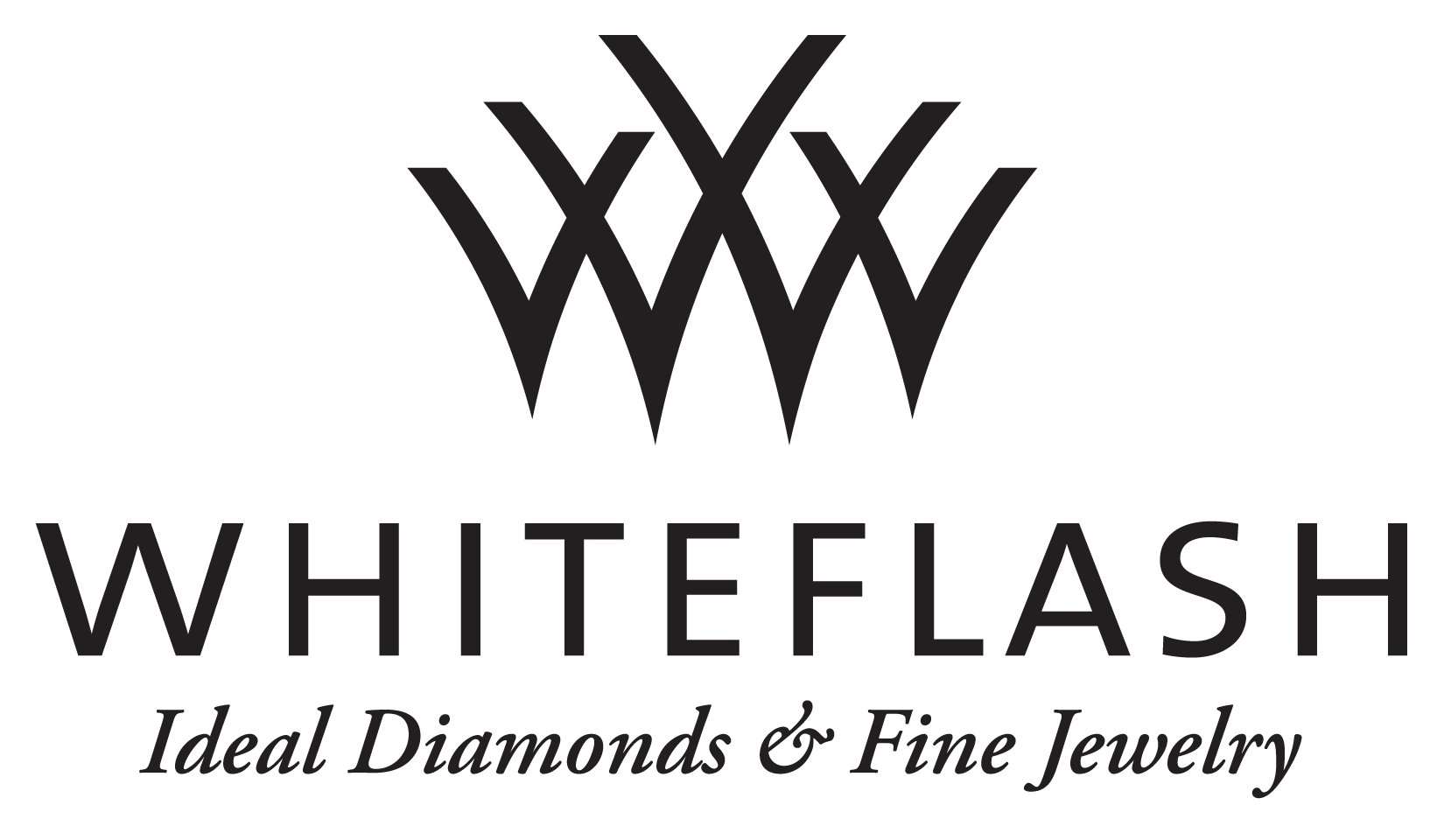
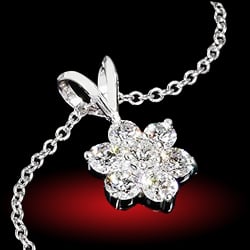
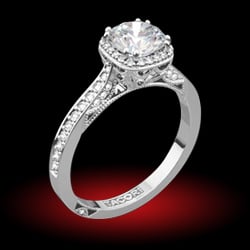
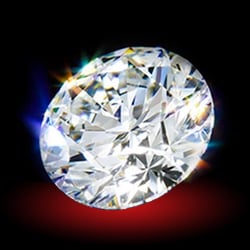
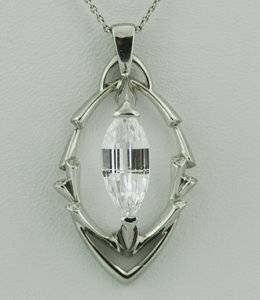
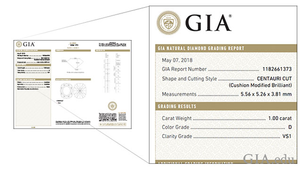
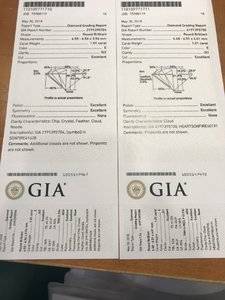


300x240.png)